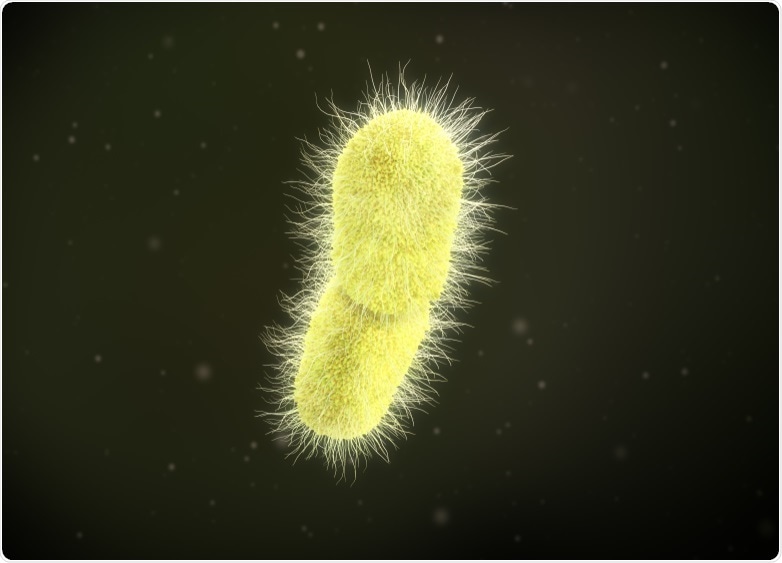
Sure! Here’s a clean, organized article summarizing and explaining everything from your prompt:
—
# Why Essential Oils Aren’t Likely to Become the Next Antibiotics
Essential oils and herbal remedies are currently experiencing a surge in popularity within modern culture. Strolling through the health section of a grocery store such as Whole Foods, one can find shelves filled with oils that claim to deliver numerous health advantages. Social media articles frequently promote essential oils as natural solutions for infections, chronic diseases, and even as substitutes for antibiotics. A recent article in _The Atlantic_ is a prime example, asserting that essential oils like oregano oil could serve as valuable “new antibiotics.”
It’s appealing—and easy—to fall for the allure of simple natural remedies. The idea that inexpensive, easily accessible plants might offer a solution to infections is attractive. However, a more detailed examination shows that these assertions are often based on tenuous foundations. Why? Well, grasping how a molecule transforms into a practical drug—particularly an antibiotic—highlights some critical scientific truths.
Let’s explore this further.
## What the Article Acknowledges Correctly
Firstly, it’s important to recognize that the _Atlantic_ article contains a couple of valid points:
– **Essential oils in livestock feed**: There’s initial evidence suggesting that incorporating essential oils like oregano oil into the diets of livestock could help maintain animal health. If validated and implementable, this could lessen the reliance on antibiotics in farming—an urgent issue given that excessive agricultural use correlates with human antibiotic resistance.
– **Essential oils as disinfectants**: Certain essential oils, such as tea tree oil, are recognized antiseptics and are currently employed in personal care products like hand sanitizers, mouthwashes, and skin creams.
These applications are reasonable since the doses required remain topical (applied to the skin or within the mouth, for instance) and manageable.
## Where the Hype Exceeds Scientific Evidence
The article stumbles when it suggests that essential oils could represent the next series of antibiotics for addressing serious infections. Here’s why those assertions falter under closer scientific examination.
## Killing Bacteria Does Not Equal Being an Effective Antibiotic
One primary misconception centers around what it *truly requires* for a substance to qualify as an effective antibiotic.
Indeed, many essential oils can eliminate bacteria—in laboratory conditions. However, numerous substances can do the same. For example, bleach effectively eradicates bacteria with unforgiving precision. So does salt at sufficiently elevated concentrations.
Nonetheless, to be considered a good antibiotic, a substance must fulfill two vital requirements:
1. **Potency**: It must kill bacteria at minimal concentrations. Scientists evaluate this capability using the MIC (Minimum Inhibitory Concentration)—the least concentration of the drug necessary to stop bacterial growth, typically rendered in parts per million (ppm).
2. **Safety and Feasibility**: The substance must achieve bactericidal concentrations within the human body without endangering the patient. Attaining a therapeutic level in the bloodstream should be attainable without triggering toxic side effects.
If a substance can only eliminate bacteria at significantly high concentrations—quantities that could also damage or kill human cells—it is unfit to function as a safe and effective antibiotic.
## Can Essential Oils Fulfill These Requirements?
Examining two active components in oregano oil—carvacrol and thymol—offers valuable insight.
These two compounds:
– Possess **very low water solubility** since they are primarily greasy hydrocarbons featuring a single OH group, rendering them inefficient for circulation through human blood.
– Require **very high concentrations** to inhibit bacteria. Studies indicate MICs of thymol and carvacrol against MRSA (a drug-resistant staph infection) to be around 140–175 ppm. Oregano oil overall performs even worse, with an MIC nearing 575 ppm.
To provide some context, bacteria are deemed *resistant* to vancomycin (a last-resort antibiotic) when their MIC against it surpasses just 16 ppm.
Additionally, even if you could somehow inundate a patient’s bloodstream with such quantities of thymol or carvacrol (without causing immediate harm), these compounds are:
– **Quickly metabolized and eliminated** by the liver and kidneys.
– **Fat-soluble**, indicating they would rapidly absorb into body tissues instead of remaining in the bloodstream to combat infections.
Thus, maintaining the necessary concentration to address an infection becomes nearly impossible without risking significant toxicity.
## Essential Oils Are Suitable for Mouthwashes—Not Medicine Cabinets
At this point, thymol and carvacrol *do* function effectively as **topical disinfectants**. For instance, over-the-counter mouthwashes frequently contain thymol at about 640 ppm. That’s acceptable because you’re swishing it around your mouth, not injecting it into your bloodstream.
Likewise, utilizing thyme oil in a natural hand sanitizer could be reasonable. However, that doesn’t imply that consuming or injecting essential oils—or employing them to manage systemic infections—is both safe or effective.
## Why This Distinction is Crucial
It’s easy to mislead individuals with headlines such as “Essential Oil X Kills B